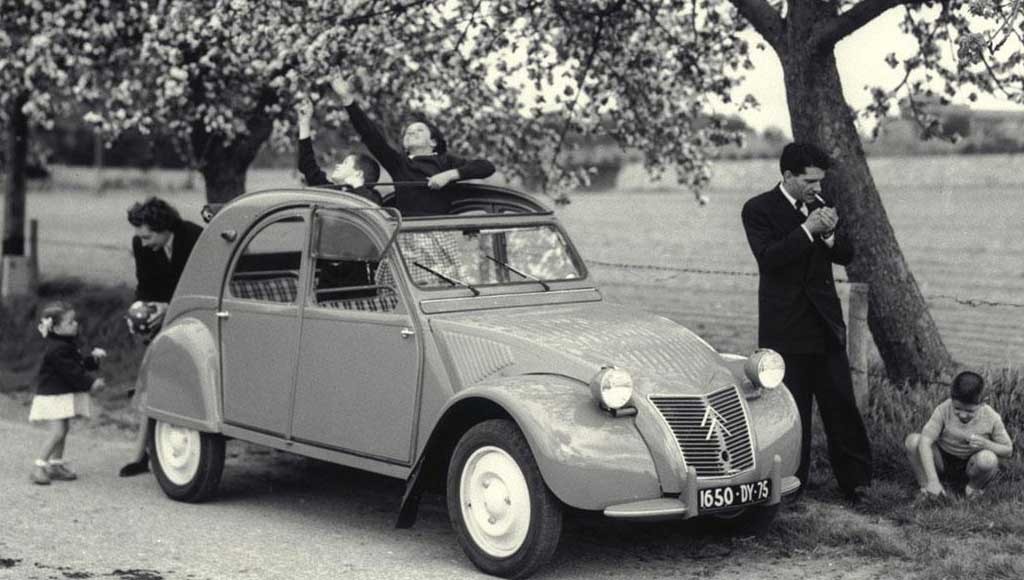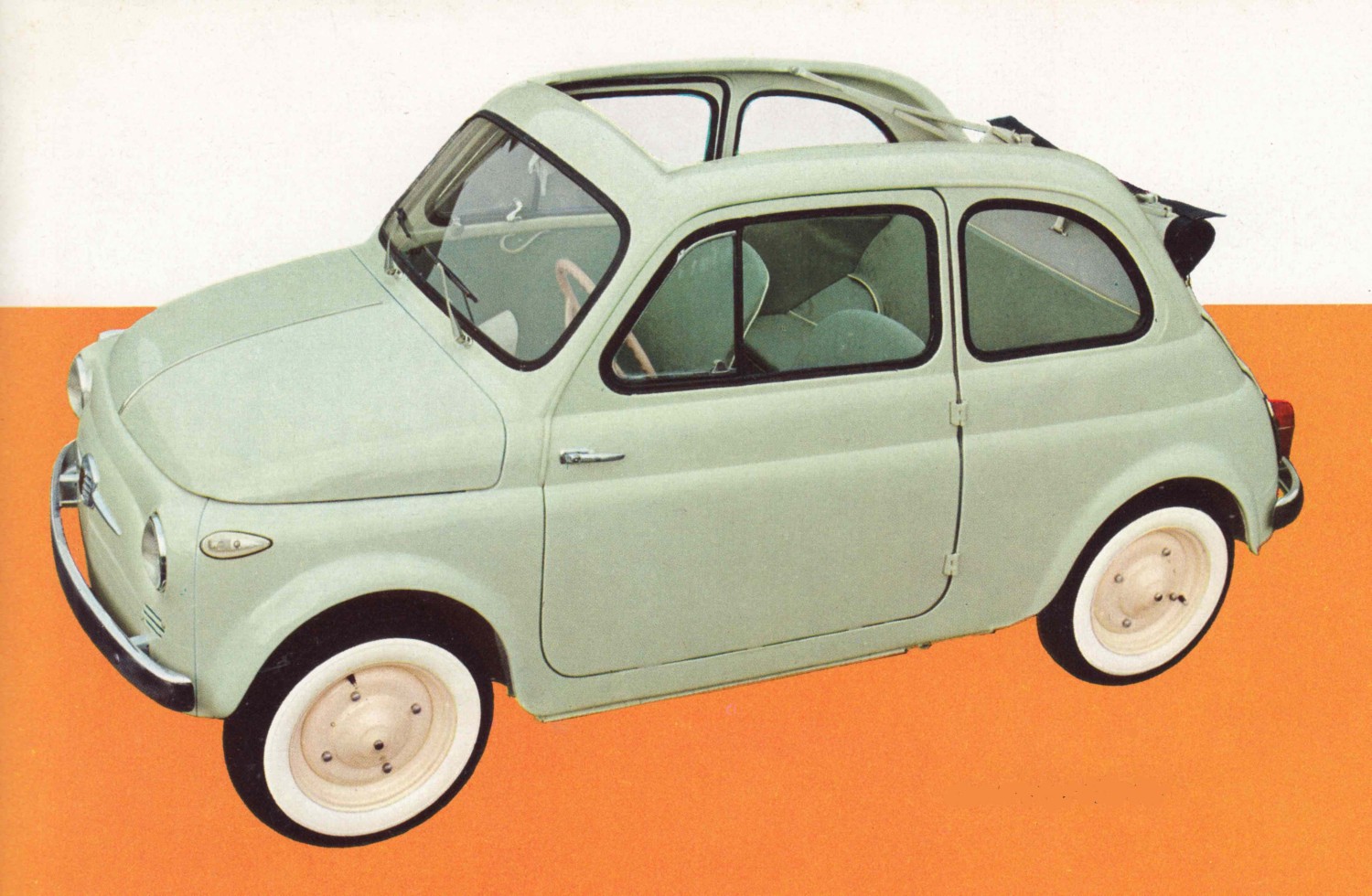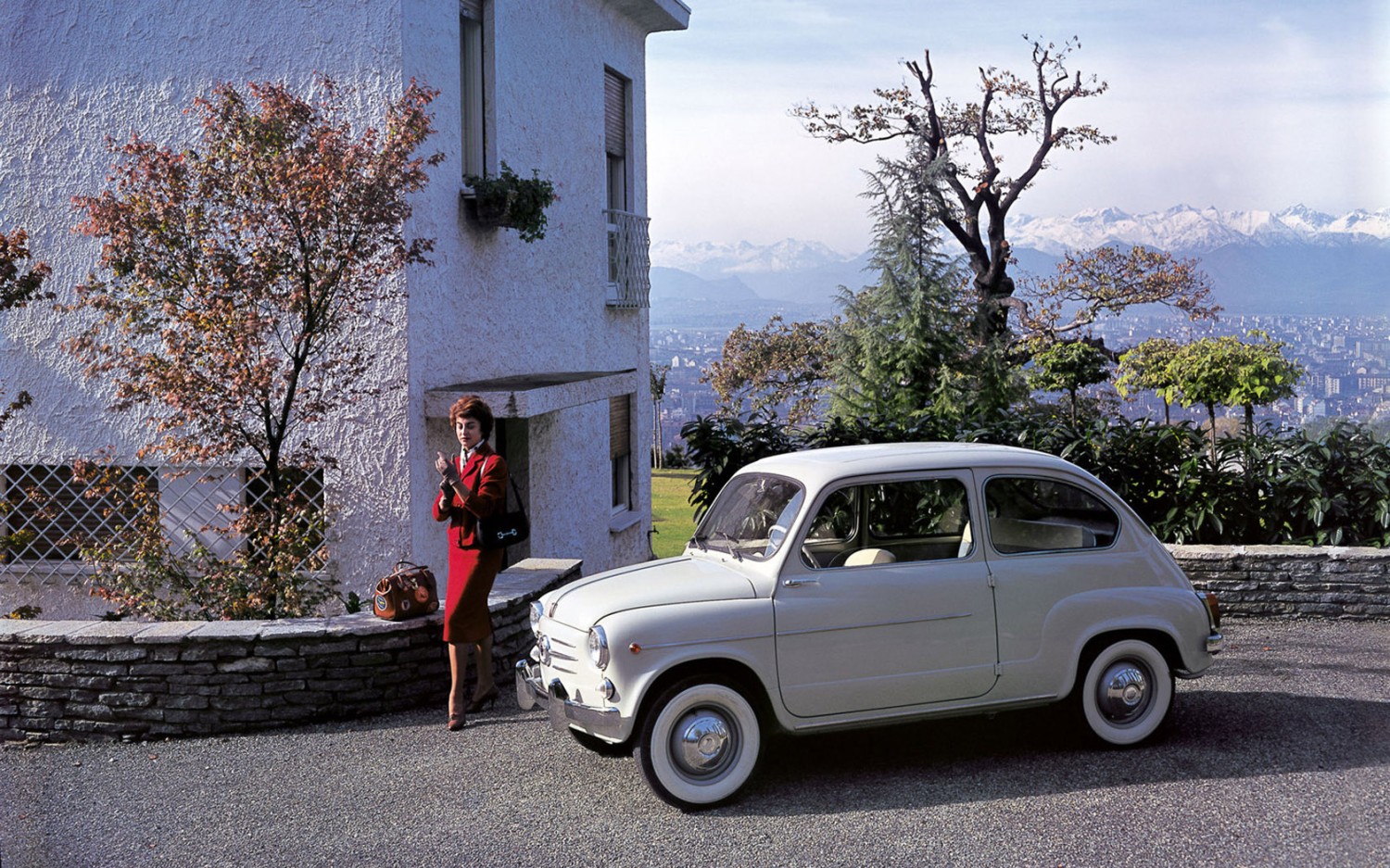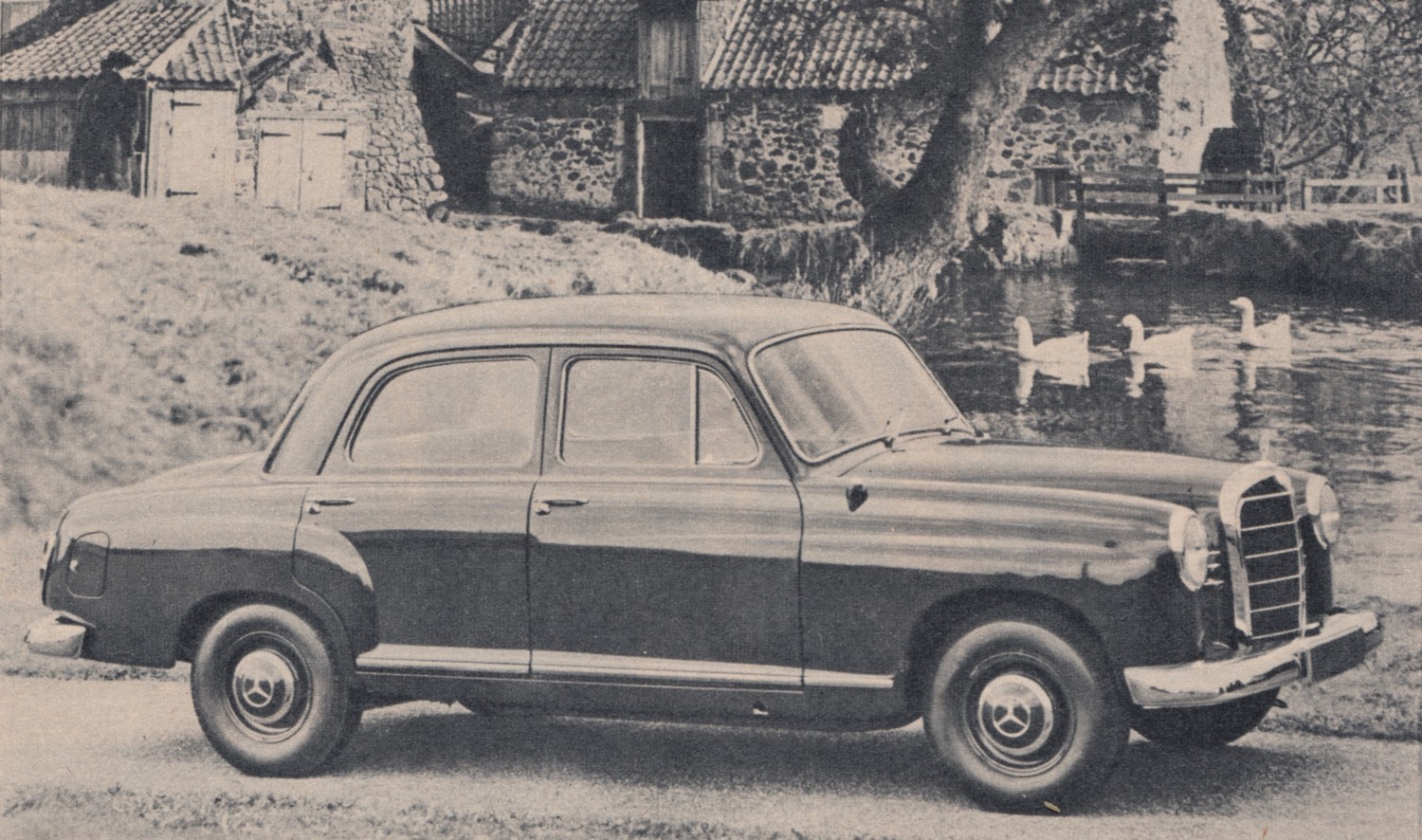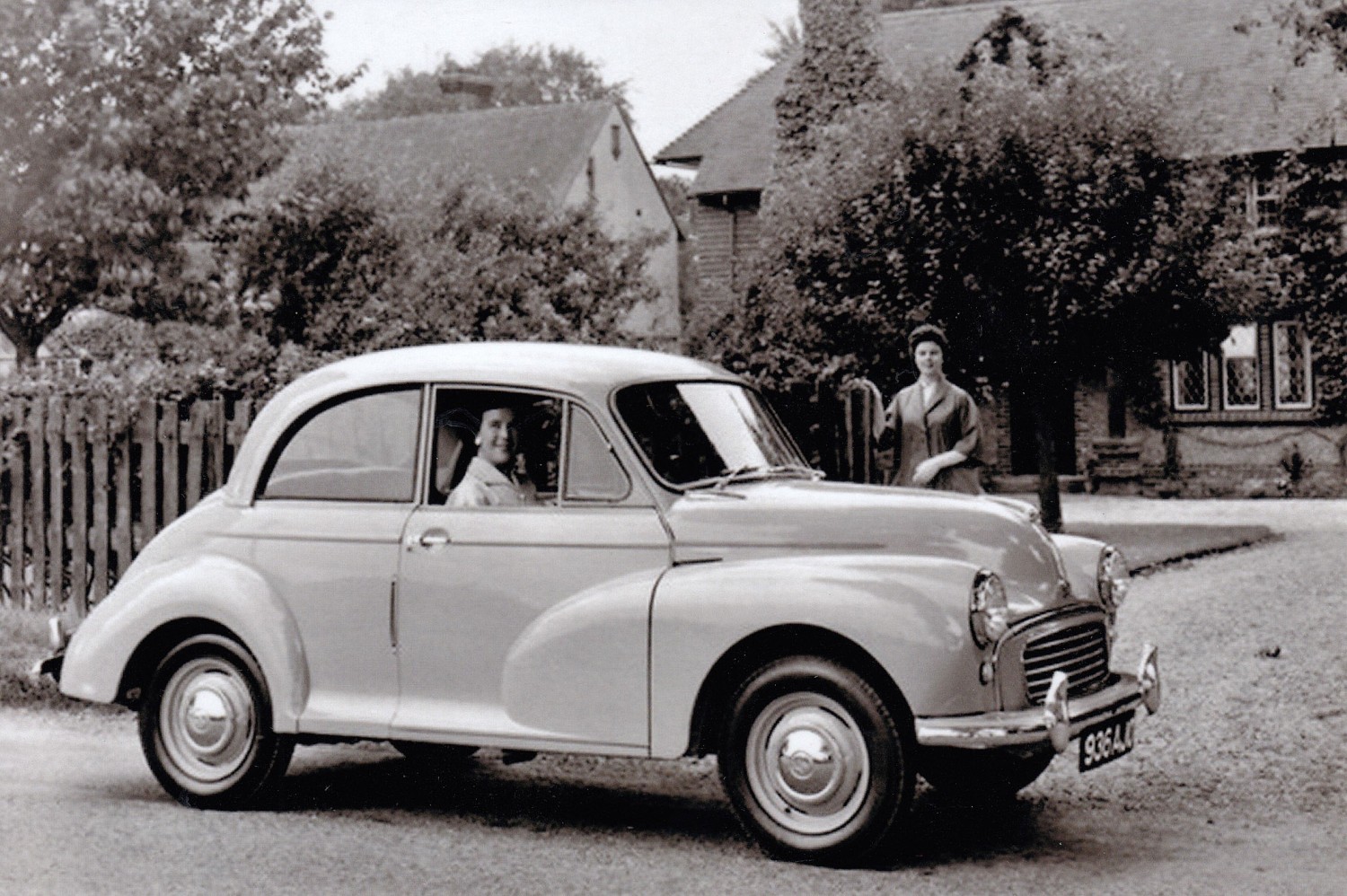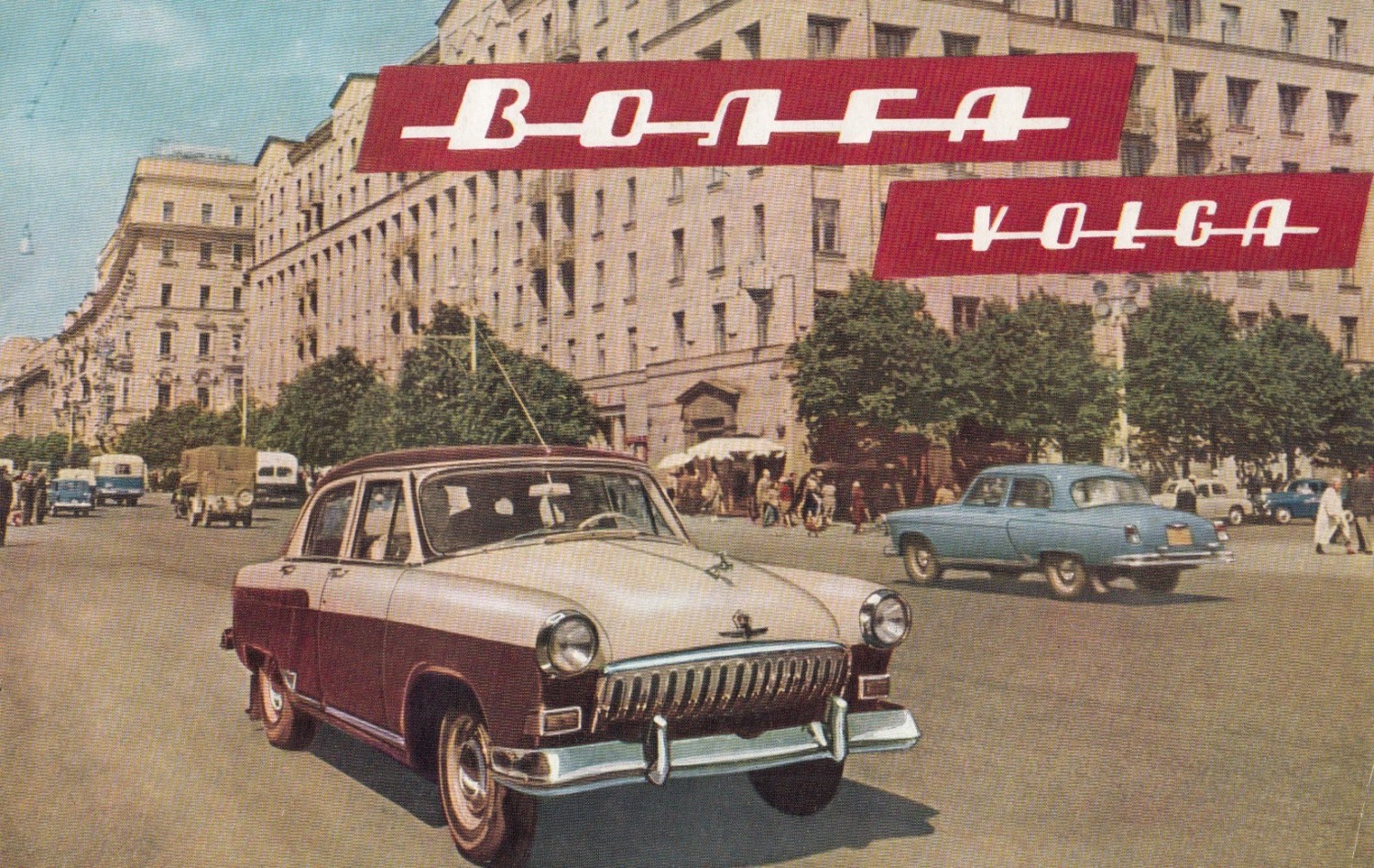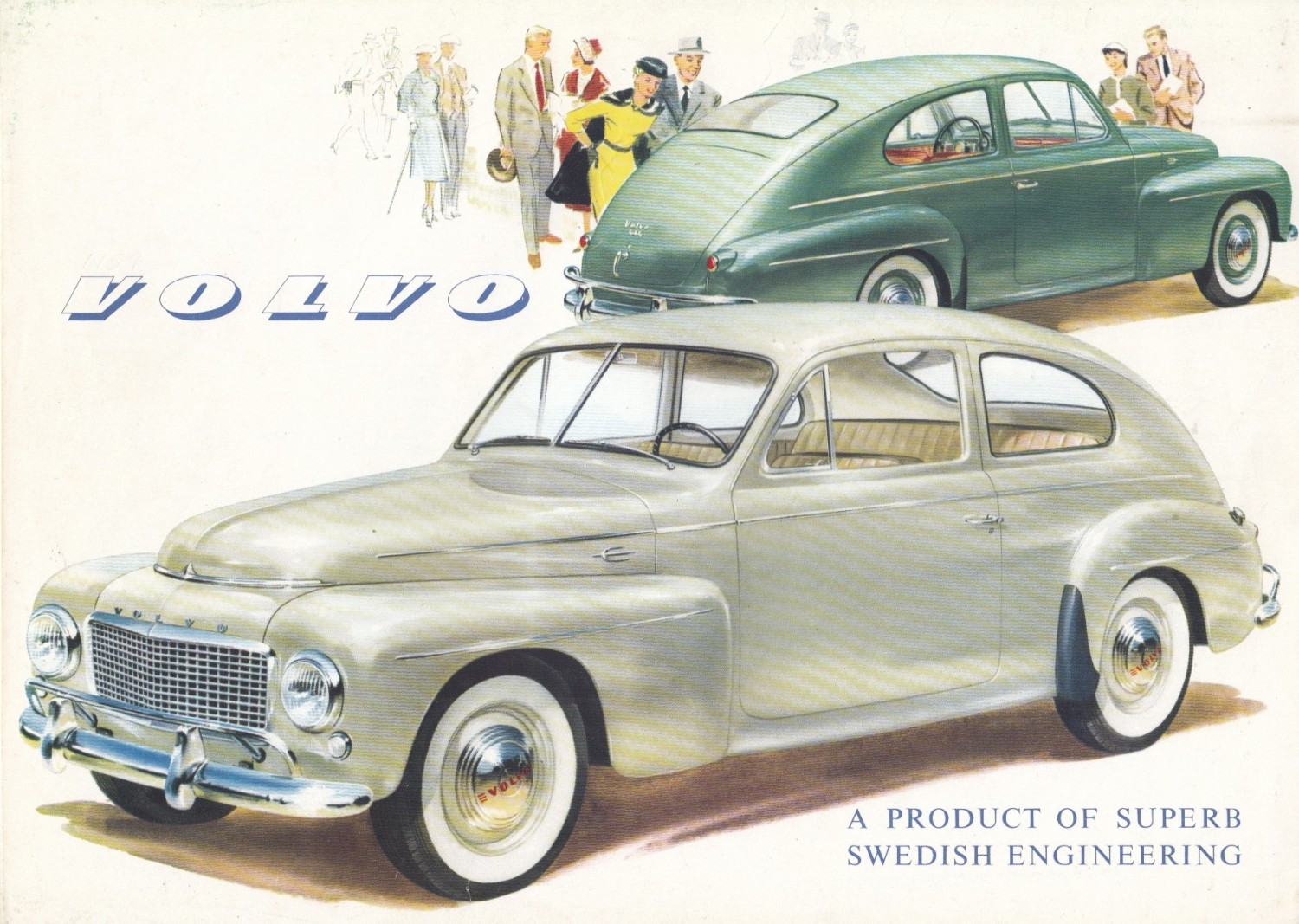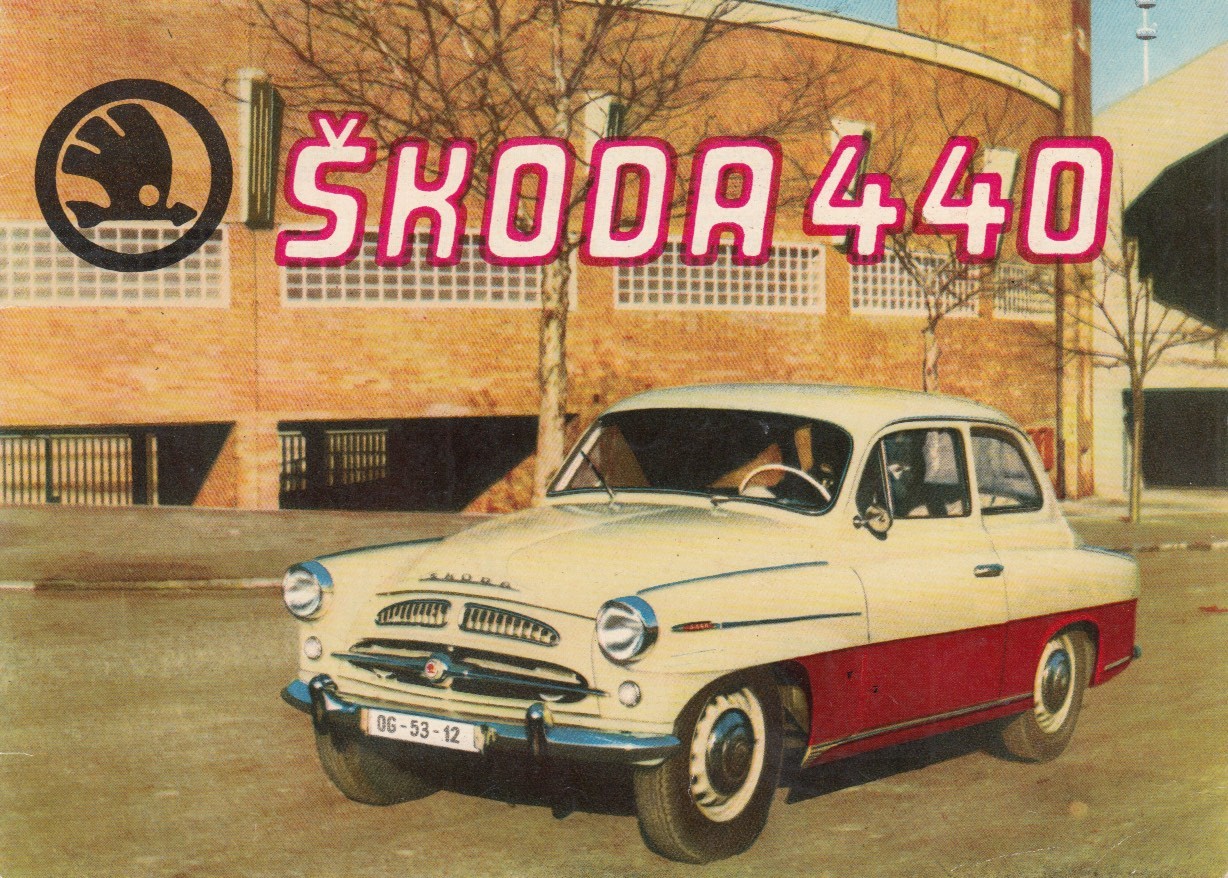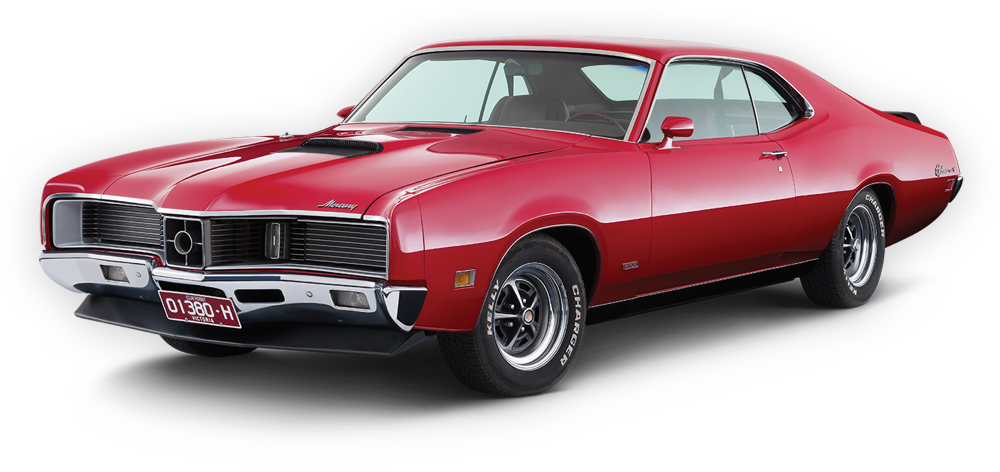I think the time that cars came to reflect their national character was during the 15 years after WW2. Morris Minors, Standard Eights, Ford Prefects and Austin A30s were perfectly in tune with British roads before the advent of motorways. The French provided a variety of sedans from the four major manufacturers, but they rarely competed with each other. Rear engined Renault 750s and Dauphines, rear wheel drive Peugeot 203s and Simca Arondes with front wheel drive Citroen Tractions and DS at the top of the price range. The unorthodox Citroen 2CV was at the other end. Note how all of France’s sedans have four doors; not a two door sedan made by any of them, irrespective of price. The Germans went the other way by being a predominantly 2 door country – VW Beetle the obvious example, but small Opels and the Ford Taunus were rarely seen with four doors. As SC points out, Mercedes Benz, Borgward and later BMW were renowned for build quality. Fiat’s Italian identity would be a toss-up between the rear-engined 600 and more orthodox 1100. The tough little Volvo PV444, SAAB 93 and Skoda Octavia 444 were all built to cope with their countries’ conditions. Sweden had gravel roads outside major cities, and Czechoslovakian roads were as bad as the Australian outback. Fully independent suspension for the Skoda and Tatra. The Dutch were blessed with almost totally flat roads, so their Variomatic DAFs were totally suitable for their home market. The Soviet Union on the other hand had conditions few us of have ever experienced with extremes of temperatures for their Pobedas and Volgas to cope with. Rugged, built like tanks and no open market to worry about when the styling went out of date. The handbook had a recipe on how to make petrol by distilling potatoes... The majority of the US market was made up of three makes; Chevrolet, Ford and Plymouth. Between them they took almost two thirds of the market in 1958, a down year. A fair quantity of them would have been V8 sedans and wagons. As has been noted, Australia’s Holden mirrored the US market, but a few years later. Two of these hit the absolute bulls-eye – the VW and the Holden. So, in the late 1950s, only the French could build a 2CV, the Italians a Fiat 500 or 600, the Germans a Beetle or Ponton Mercedes, the British a Morris Minor, the Americans a Chevrolet Bel Air, the Russians an M21 Volga, the Swedes a Volvo PV444 or a SAAB 93, the Dutch a DAF, the Czechs a Skoda Octavia and the Australians a Holden.
Published on 07 November 2025
By logging in via Google, you consent to Google sharing your information with Shannons. Shannons agrees to use this information in accordance with the Shannons Club Privacy Statement.

